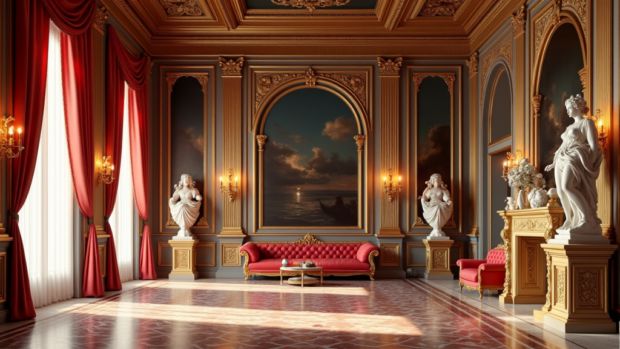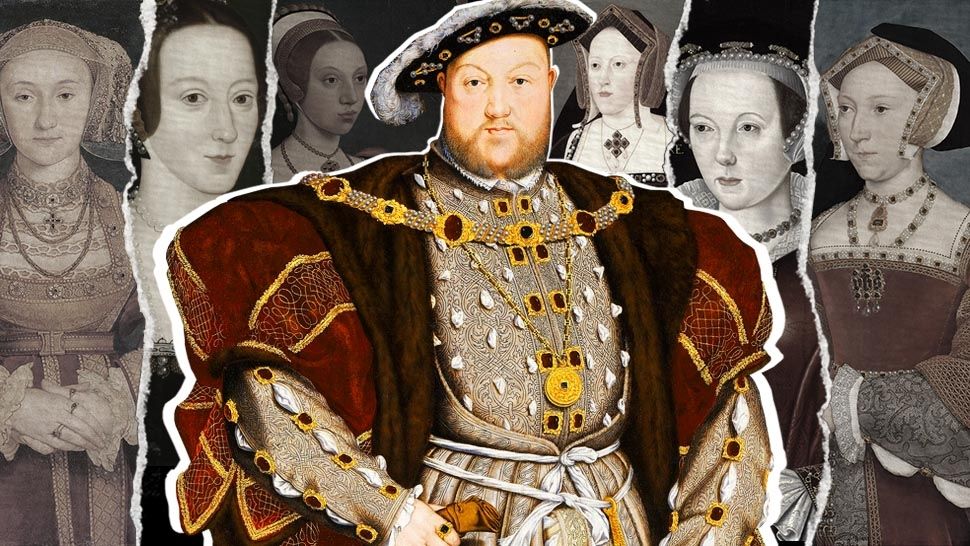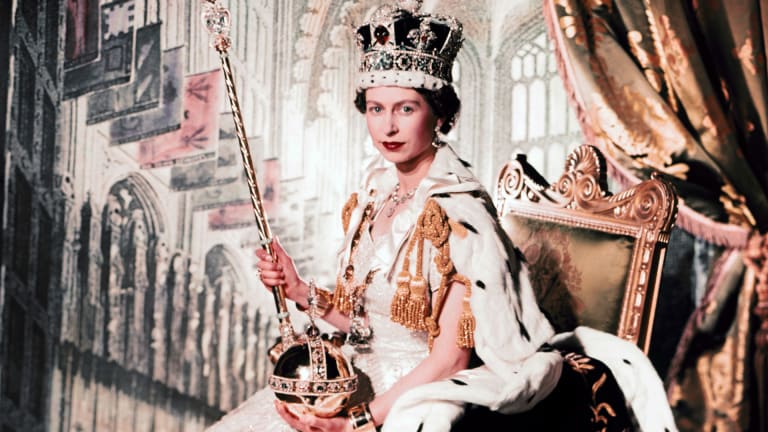The Role of Royals in Supporting Arts and Culture
Have you ever wondered about the impact of royalty on the world of arts and culture? From ancient civilizations to modern monarchies, royal families have played a significant role in shaping the cultural landscape of their respective countries. In this article, we will explore the history of royal patronage and the ways in which royals continue to support and promote the arts in today’s society.
The History of Royal Patronage
Throughout history, monarchs have been avid supporters of the arts, using their wealth and influence to commission artworks, build grand theaters and cultural institutions, and sponsor talented artists. One of the earliest examples of royal patronage can be traced back to the ancient Egyptian pharaohs, who commissioned elaborate tombs and temples to honor the gods and immortalize their reigns. In medieval Europe, kings and queens often employed court artists to create portraits, tapestries, and sculptures that celebrated their power and prestige.
Royal Support for the Arts Today
In the modern era, many royal families continue to play a vital role in supporting the arts and culture. For example, Queen Elizabeth II of the United Kingdom is a passionate supporter of the arts and is known for her love of music, theater, and literature. The Dutch royal family is also actively involved in promoting cultural events and institutions, such as the annual King’s Day celebration in the Netherlands. These modern royals use their positions to raise awareness of important cultural issues and showcase the talents of their countries’ artists and performers.
Benefits of Royal Patronage
The support of royals can have a significant impact on the arts and culture of a nation. By providing funding, promotion, and recognition to artists and cultural institutions, royal patrons help to preserve and promote the country’s cultural heritage. Additionally, royal involvement in the arts can attract international attention and tourism, boosting the economy and creating new opportunities for artists and performers. The royal seal of approval can also lend prestige and credibility to cultural events and initiatives, encouraging broader participation and engagement from the public.













